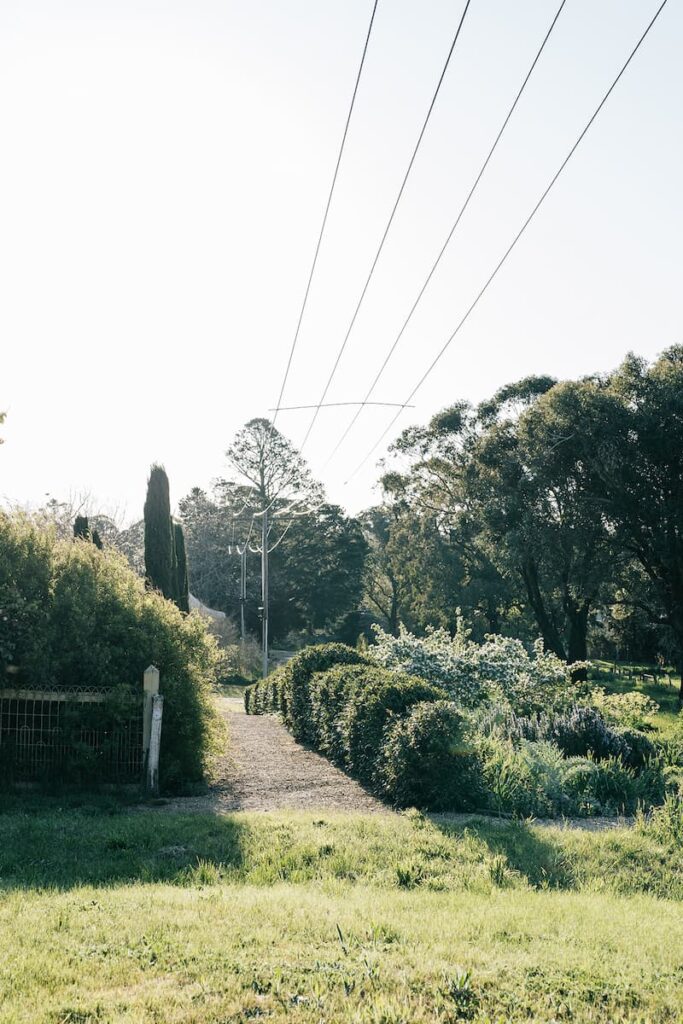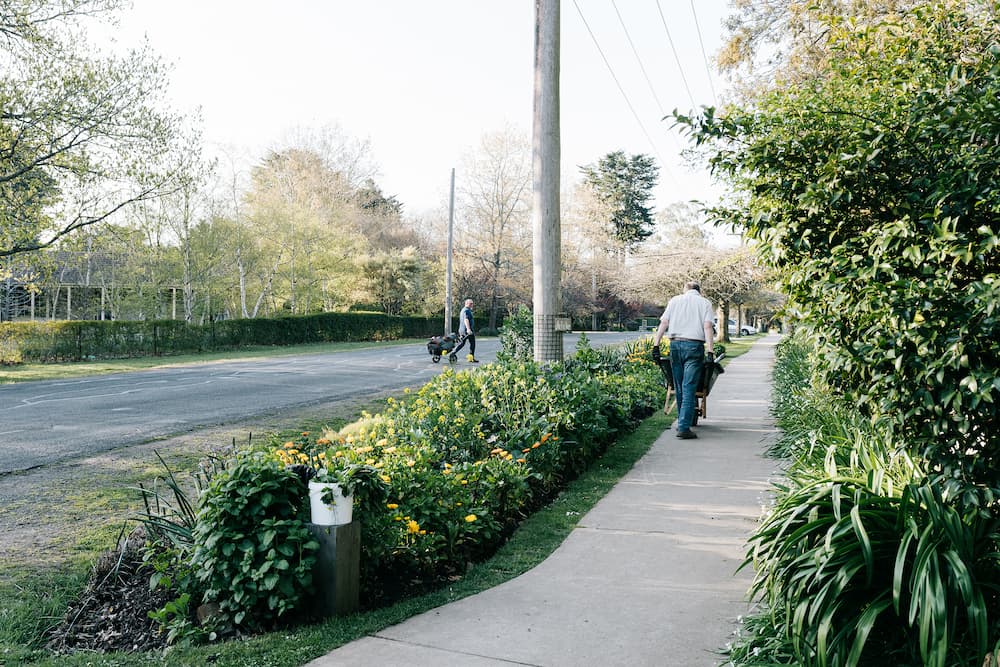On the Verge—Thriving Verge Gardens Lifting the Nature Strip Game
Can the nature strip lift its game? These thriving verge gardens answer in the affirmative.
The nature strip, the verge garden, different names in different places, but the land between a private residence and the street is understood in the same way. A bridge between private and personal space, until recently it has been uncontested land. Yet according to an article by Adrian Marshall, nature strips account for one-third of public green space in Australian cities. Imagine if more of this land was approached more creatively. Less urban heat island effect, extra wildlife corridors, opportunities for biodiversity and shared food growing. Opportunities for connecting with our communities. I confess, I’m a keen nature strip garden advocate, tending a 30-square-metre garden myself, with help from neighbours. Around Australia, local governments are deciding which side of the fence they sit on nature strip gardens, as residents push the boundaries into these areas.
For some, their nature strip is an extension of the garden inside their fence lines, such as two created by quite different garden designers. Deborah Hambleton is a garden designer based in Central Victoria, blending roses, perennials, edible species, and self-seeded flowers with clipped plants. Her nature strip garden is 40 metres long, with heavy clay soil and a harsh climate to contend with. Nevertheless, inputs to this garden are minimised, including watering. Thriving plants include a bay hedge, dwarf De Bourgeaut quinces, rosemary, lavender, thymes, pigface, aromatic green santolina and alliums. A serpentine ligustrum hedge runs through the garden, with exuberant artichokes and clipped green plants each side of it. Lavender plants grow in gravel paths, the unusual purple honeywort, Cerinthe major ‘Purpurascens’ is abundant and artichoke seed heads are relished by local cockatoos. Timber seating allowing visitors to enjoy the garden was used by a school group for a term of garden interaction and observation.
The Beaumaris verge garden of landscape architect Karyn Wallbrink is a playful take on a coastal garden. Ten years old and showcasing indigenous plants, the space is an extension of her unfenced front garden, allowing passersby to feel as if they are strolling through, not past the garden. High pruned silver banksia, Banksia marginata and lightwood, Acacia implexa allow visibility and space for the understorey plants: clipped coastal rosemary, bird-attracting Correas, reliable, strappy-leaved Lomandra longifolia and Dianella revoluta and a less frequently used species; sea box, Alyxia buxifolia. The effect is stylish and playful. Wild yet controlled.
A quite different garden is that of John and Jenny Shaw in Woodend. Five years ago, John needed to repair his nature strip after council works. Although he already had adequate growing space, his son is a keen permaculture gardener and somehow the verge became a 30-metre long productive garden! Sloping land has been shored up with old straw bales from a neighbour, exchanged for wine. He grows a range of vegetables, rhubarb, flowers for colour and beneficial insects such as calendula, iris, bulbs, poppies and borage for the bees. Produce is shared with his family and friends and excess left in a bucket for passersby.
Some makes it to the farmer’s market swap table in Woodend. As people stop to admire his efforts, John shares tastes from the garden, such as spicy salad leaf mizuna. The garden has educational signs made by the local men’s shed. Events such as a garden club workshop, and an open garden event run by the local rotary club have been held here. John says that this garden now serves as an example for newly-arrived gardeners in Woodend, learning about its very harsh climate. He sees it as a community resource and enjoys the connections he has made through the garden.













